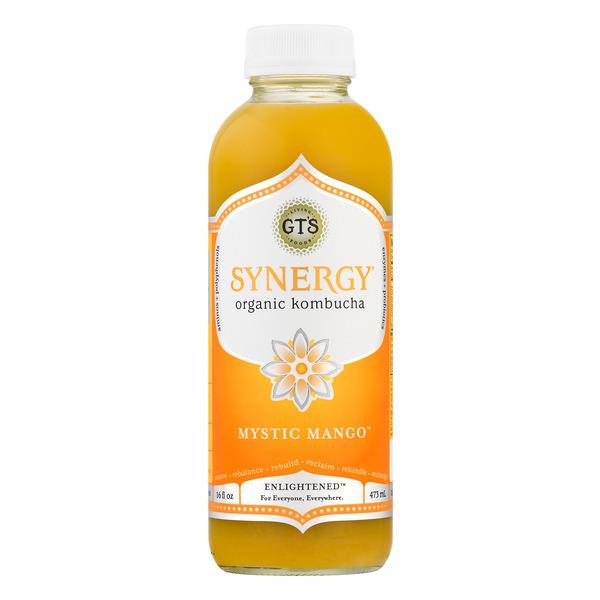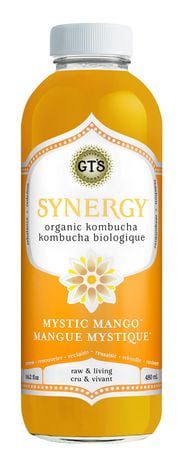

To derive the best flavor from your kombucha, first settle on the variety of tea. It’s recommended to avoid drinks which have pasteurized, and ‘’active’’ probiotics added as the ratios used are not as balanced as those found naturally in raw unpasteurized kombucha.

Probiotic Content Different kombucha brands contain varying amounts of probiotics due to the application of varying brewing setups and bottling processes. This is achieved by adjusting the brewing process allowing alcohol to form at a higher rate than it is being broken down by the bacteria culture. Some brands strive for higher alcohol content and therefore, must indicate their alcoholic content on the label. However, if you are pregnant or breastfeeding, we do not recommend consuming. This is considered to be quite low compared to other alcoholic beverages. Learn more about Kombucha and Sugar and Is Kombucha Bad For Your Teeth? Alcohol Content Raw kombucha contains around 0.5-1.5% alcohol concentration this usually goes up by another 0.5-1% after bottling. If you are trying to cut down on your calorie intake, then the best choice would be raw kombucha with the lowest sugar count per serving. We recommend opting for a brand with less than 5g sugar per serving. The amount of sugar in kombucha will vary depending on the recipe. Sugar Content One of the health-related factors to consider when shopping for kombucha is the sugar amount. The price consideration will come in handy when you have to work within a budget, in which case it's important to remember that just because a drink is expensive doesn’t mean that it has more nutritional benefits that a moderately priced brand. Price Bottled kombucha can be quite pricey, and this is why the majority of avid kombucha drinkers usually take up brewing as a hobby as it’s cheaper. Alternatively, you can choose to experiment and try out multiple flavor combinations to achieve unique tastes. Ensure that you pick a flavor that you are comfortable with if it's your first kombucha experience. The process typically takes place during a second ferment during which the flavoring ingredient is anaerobically fermented with the raw kombucha, and at times sugar can be added to make the drink fizzier. Flavor There are so many unique kombucha flavors that rely on adjusting the recipe. While some companies do add extra probiotics after pasteurization, it's nearly impossible to give the drink a natural amount of culture as it had before the entire process. While this is a sure way to kill invasive bacteria, it also kills the good bacteria and yeast rendering the drink less helpful. Pasteurized kombucha, on the other hand, has been treated with heat for preservation purposes and sealed airtight.

It, therefore, contains a naturally balanced culture that continues feeding off the dissolved sugar until you consume the kombucha. Pasteurized Raw kombucha is bottled directly from the fermentation process without changing its composition. As a result, it's recommended to take a couple of factors into consideration before settling on the specific kombucha brand to buy.

Kombucha has quite a wide range of flavors and nutrients due to the application of a wide range of substitute ingredients. Not Much Time? Skip To What You'd Like To Learn. This can then be scaled up to the desired amounts. Due to health concerns, it’s recommended to start kombucha consumption on a low amount such as 4 oz to allow your body to acclimatize to the increased probiotics intake. They're always refrigerated, have culture strands, and offer a bright tangy bite.As kombucha becomes more popular, it’s high time we looked into the most popular fermented tea brands with an emphasis on the flavoring and nutritional value of each. But don't just take our word for it you can see the authority in every one of our bottles. When heated (pasteurized), filtered, or made from concentrate, Kombucha's innate nutritional goodness is compromised and weakened. If Kombucha is not raw, then it's not the real deal. Zosia Rene Piotrowski, Resolution Analyst Orem, UT. Your potential knows only the boundaries that you set. I promise to always craft with pure love and true intentions, to nourish your body and nurture your health. To this day, every small batch is traditionally cultivated in 5-gallon glass vessels for 30 days-the longest ferment of any brand - using heirloom living cultures to naturally develop the most nutrients possible. That is the standard i set when i bottled my first batch of Kombucha in 1995.


 0 kommentar(er)
0 kommentar(er)
